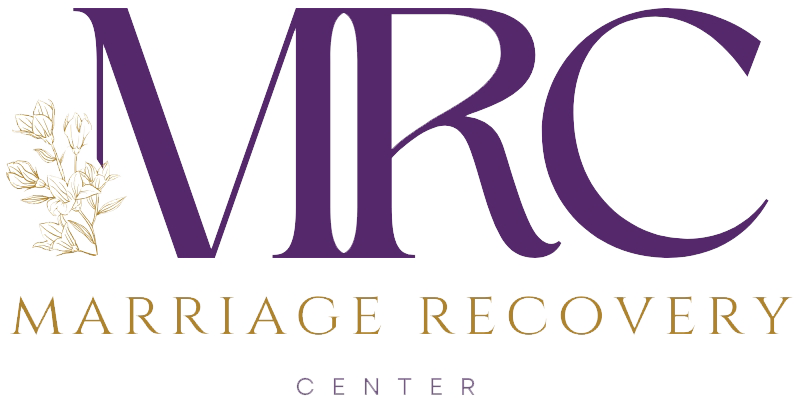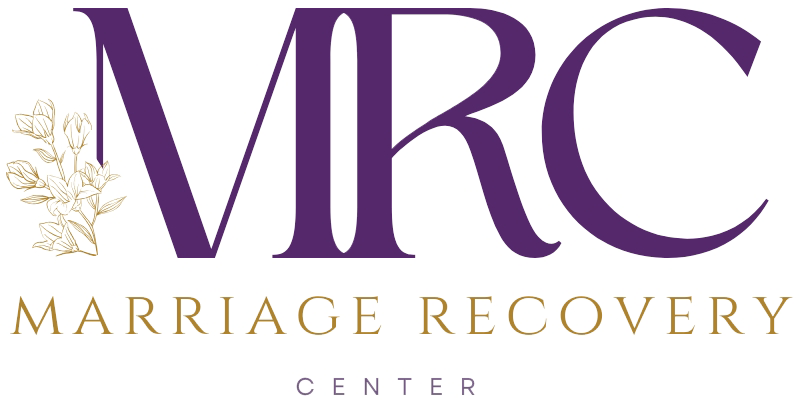Emotional abuse can be subtle, insidious, and difficult to recognize, especially when it occurs within close relationships. It’s essential to distinguish between a one-off incident and a recurring pattern of behavior to effectively address and mitigate its impact. Dr. David Hawkins will explore five key points to help you discern whether a situation requires attention and how to know if it is emotional abuse.
1. Determine Whether It’s an Incident or a Pattern
The first step in identifying emotional abuse is to determine whether the behavior in question is an isolated incident or a recurring pattern. Dr. David Hawkins, director of the Marriage Recovery Center and the Emotional Abuse Institute, emphasizes the importance of making this distinction. For instance, consider scenarios where a partner, family member, or colleague displays sudden anger or withdraws during conflicts. Is this behavior a one-time occurrence, or does it happen repeatedly over time? Understanding the frequency and consistency of such actions is crucial in assessing whether emotional abuse is present.
2. Identify the Pattern of Behavior
If it’s evident that the behavior constitutes a pattern rather than an isolated incident, the next step is to identify and analyze that pattern. Whether it involves a partner stomping out of a room during arguments, a boss acting unilaterally, or a sibling exploding in anger over minor disagreements, recognizing the recurrent nature of the behavior is key. By pinpointing specific actions or reactions that occur consistently, you gain insight into the dynamics of the relationship and the underlying patterns of emotional abuse.
3. Hold Your Ground with Self-Validation
When confronted with emotional abuse, it’s essential to hold your ground and assert your boundaries. Dr. Hawkins emphasizes the concept of self-validation, wherein individuals acknowledge their feelings, thoughts, and experiences without seeking external validation from the abuser. This involves recognizing the impact of the abusive behavior on your well-being and asserting your right to set boundaries. Whether through journaling, seeking counseling, or confiding in trusted friends, self-validation empowers you to confront abuse and prioritize your emotional health.
4. Consider Appropriate Interventions
Addressing a pattern of abuse requires thoughtful consideration of appropriate interventions. While you cannot control the actions of the abuser, you can control your response and establish healthy boundaries. Dr. Hawkins advises individuals to reflect on potential interventions, whether it involves calmly addressing the behavior, distancing oneself from toxic relationships, or seeking professional support. By proactively addressing emotional abuse and implementing effective interventions, you reclaim agency over your emotional well-being.
5. Follow Through Consistently
The final step in addressing abuse is to follow through consistently with your boundaries and interventions. Whether it’s communicating your concerns to the abuser, limiting contact with toxic individuals, or seeking external support, consistency is key. Dr. Hawkins emphasizes the importance of maintaining good boundaries and reinforcing them through action. By adhering to your boundaries and holding the abuser accountable for their behavior, you assert your dignity and self-worth in the face of emotional abuse.
How to Know If It Is Emotional Abuse
In conclusion, recognizing and addressing emotional abuse requires careful discernment, self-validation, and assertive action. By distinguishing between isolated incidents and recurring patterns, identifying specific behaviors indicative of emotional abuse, and implementing appropriate interventions, individuals can protect their emotional well-being and cultivate healthier relationships. Remember, you deserve to be treated with respect, dignity, and kindness in all your interactions.
To learn how we can help, reach out to us at (206) 219-0145 or info@marriagerecoverycenter.com to speak with a Client Care Specialist
Also read: When A Bid For Connection Turns Into Criticism
About Dr. Hawkins:
The internet is inundated with hyperbole and misinformation about narcissism, leaving many people confused and hopeless. Get the facts on narcissism and emotional abuse from someone who has been researching, writing about and treating narcissism and emotional abuse for over a decade.
Dr. Hawkins is a best-selling author and clinical psychologist with over three decades of experience helping people break unhealthy patterns and build healthier relationships.
He is the founder and director of the Marriage Recovery Center and the Emotional Abuse Institute which offers education, training and counseling for people who want to break free of, and heal from, emotional abuse. Whether the perpetrator of the abuse is your spouse, partner, parent, boss, friend or family member, we offer practical advice for anyone trapped in a toxic, destructive relationship.
In addition to narcissism & emotional abuse, you’ll learn about the lesser known forms of abuse, including covert abuse, reactive abuse, spiritual abuse, secondary abuse, relationship trauma and much more.








